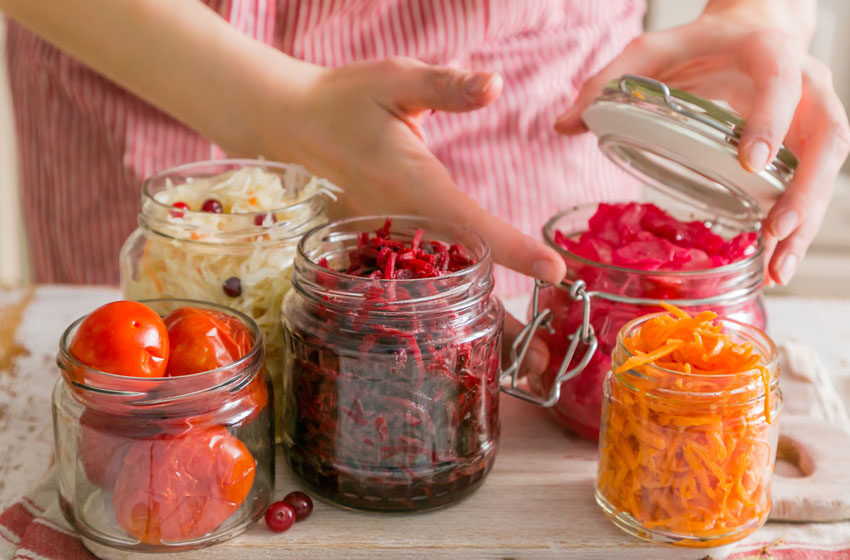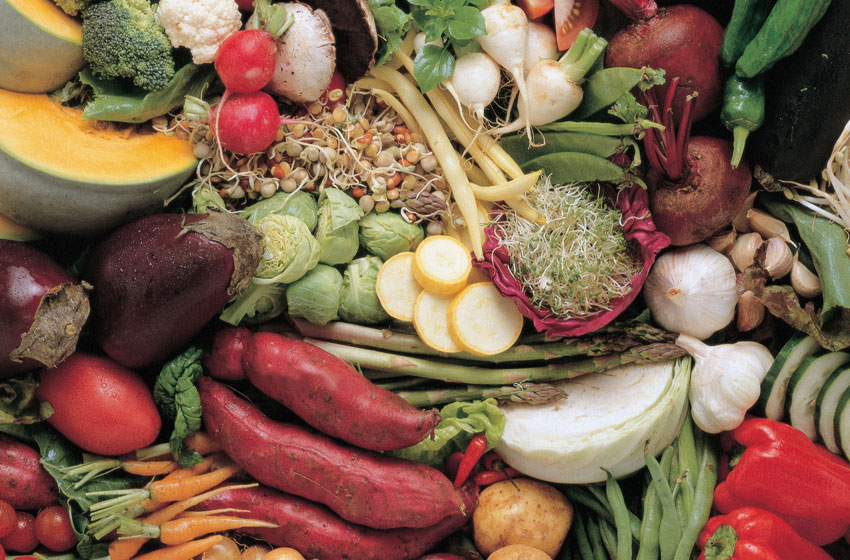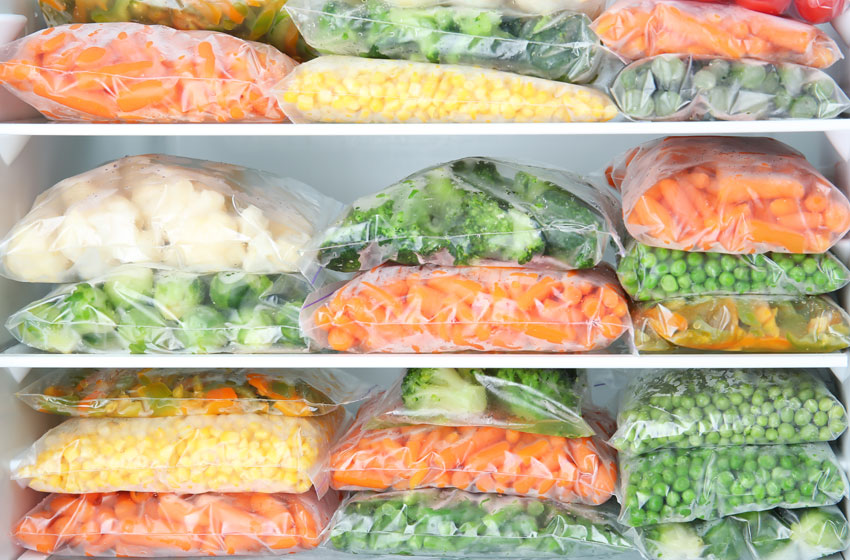Top foods that you should seek when the supermarket shelf are bare

What is the number one thing people rush to stock up on when a crisis strikes?
Food and medicines; while the healthcare system has learned from the past two years, they have been taking appropriate measures. But the supermarket supply chains that had encountered severe crises last year have been struggling to recover. Moreover, the retail industry has been facing a long slog propelled by the latest phase of the pandemic.
Consequently, people witnessed a nationwide supermarket supply shortage; hence they could not afford to avail their preferred go-to meals. Therefore, when you run to the stores and find out that the regular staples are not available anymore, you need to go for the substitutes. Additionally, we all try to maintain good health and well-being, but when the fresh vegetables and meat are sold out, you need to have a backup plan.
Written below are some of the helpful tips for picking and preparing the right ingredients for a quick, delicious and healthy meal:
Look for vegetables with a long shelf life.

Vegetables like carrots, cabbages, pumpkin, beets, and squash are a good source of varied nutrients that stay fresh for weeks. Although kids are not too keen on eating vegetables, they rarely have a choice during troubled times. Fortunately, there are plenty of ways to prepare tasty dishes using vegetables such as pan-fried cabbage.
First, you need to cook bacon in a pan over medium flame until it is crispy, then remove them after they are done using a spatula. Next, in the same pan, add sliced onions and fry them until they are translucent; then add finely chopped cabbage, salt, pepper, and paprika and mix everything. Cook all the ingredients for about seven minutes until the cabbage becomes tender. Finally, add bacon to the pan, mix it with the cabbage, and serve it warm.
P.s don’t overcook the cabbage, or the texture becomes soft and mushy; instead of bacon, you can use sausages.
Canned food items

We often use canned food while cooking, such as canned peaches in pies and other desserts, canned tomatoes to make pizza sauce, etc.
Canned foods are convenient and inexpensive alternatives that make it possible to have seasonal foods. However, they have a reputation for having high sodium levels, but there are unsalted or low salt variations.
For example, canned beans, including garbanzo, pinto, black, red kidney, and lima beans, are a staple for vegetarians and vegans. Moreover, canned beans are rich sources of fiber and are vital for controlling weight and cholesterol. Hence, you can make several dishes like soups, stews, chillis, salads, fresh salsas, casseroles, etc.
However, you need to ensure that any canned food you buy has been stored with 100 percent water or in its juices and not in syrups, which add excess sugar or sodium. Also, it is better to check the babel’s details before purchasing the products.
Add frozen food to the list.

A common misconception is that frozen and canned food items are unhealthy, and the act of freezing the food takes away their nutrition. But the truth is that freezing is the process of keeping perishable food intact, and it does not make them harmful to health. Moreover, it depends upon the nutritional content of the food that gets frozen.
For instance, if your food was nutritious before you froze them, it will still be nutritious after you thaw them. Hence, freezing does not affect the calorie count, fiber content, or the food’s mineral content. The freezing process can make a difference with a few vitamins (such as folate and vitamin C), but you can maintain most food’s nutritional value after freezing.
You can never go wrong with eggs.

When it comes to protein, eggs are a powerhouse resource; they have a long shelf life; wherein you can store them in the fridge for three to five weeks. Also, you can preserve their fresh quality for a year by putting them in the freezer. Additionally, they are an essential source of high-quality protein, vitamins, minerals, saturated fat, and carotenoids.
Simultaneously, they are rich in disease-fighting nutrients like lutein and zeaxanthin, which reduces the risk of age-related macular degeneration.
Varied ways of enjoying fermented foods

Once in a while, we love to have yoghurt, kefir, or kombucha, but little do people know about the benefits of fermented foods. For instance, side dishes like kimchi, pickles, and sauerkraut that people store in jars are long shelf-life food. Also, they are flavourful and have immense nutritional benefits; we can eat them as side dishes and add them to the soups, stews, and salads to enhance the flavour.
Moreover, they are rich in probiotics, live microorganisms that provide an abundance of health benefits; they are suitable for weight loss, digestive and gut health, and immune function.
Variety of recipes with substitutes
In conclusion, with vegetables, you can prepare an array of food, including green leafy salad. In addition, long-life vegetables often make fantastic alternatives for carb-based meals, which means you can turn what may have been unhealthy into something with higher nutritional value. Stringy squash, for example, is an excellent alternative to spaghetti, with one cup of the former only equating to 40 calories – five times less than the pasta.
On the other hand, eggs are a fantastic meat substitute with which you can make a filling, nutritious and tasty meal. For example, you can make egg salads; it does not even take much. First, hard boil two to three eggs and let them cool in cold water with a few ice cubes (it becomes easier to remove the eggs’ shells). After ten minutes, peel the eggshells when they have completely cooled off, and slice the eggs into quarters.
Add the sliced eggs into a mixing bowl, and season them with kosher salt, pepper, one and a half tablespoons of Aleppo pepper, and a half spoon of sumac. Then, add freshly cut coriander on top of it; finally, drizzle some extra virgin olive oil drops into the mixture and toss it gently. Serve it during dinner or lunch.
Also, you can make salads using different kinds of vegetables that you have stored in the fridge or the freezer. For instance, tomato and cucumber salad are among the most common ones that come to find, which requires just two ingredients, salt and vinegar, and you are good to go.





